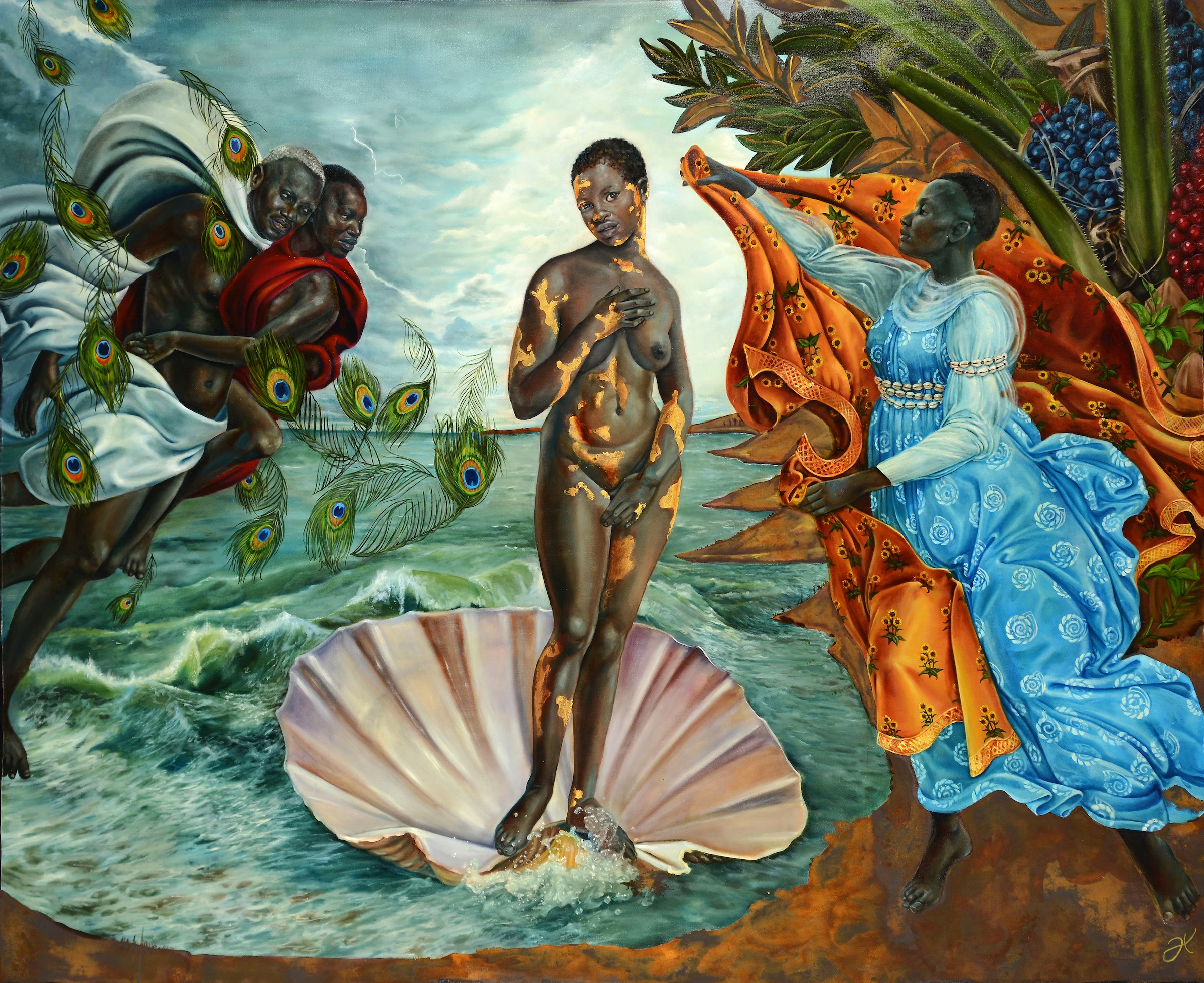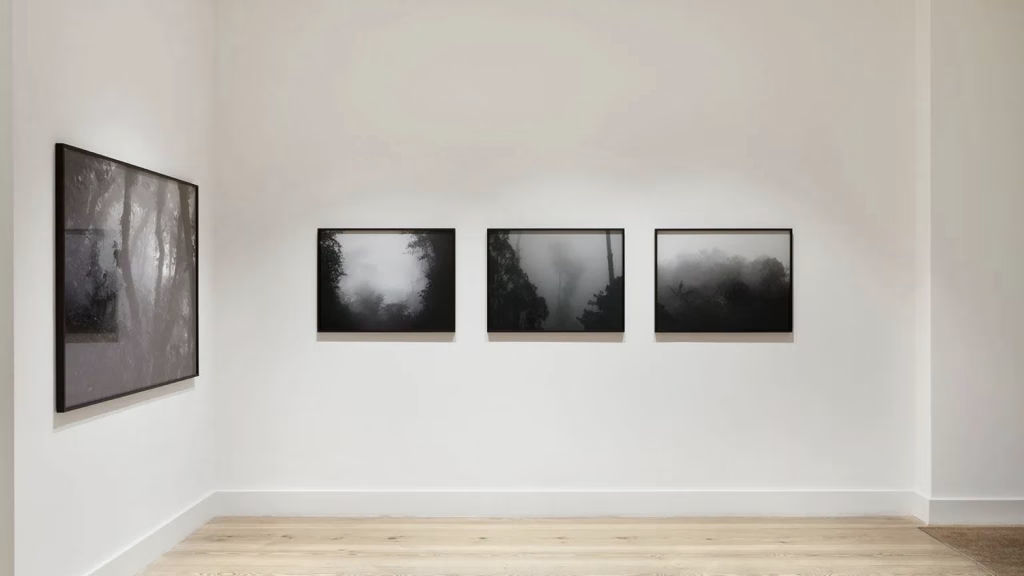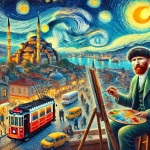Images of Re-Creation: Harmonia Rosales and the Legacy of African Gods

From the very start of her career, Harmonia Rosales has focused her art on elevating Black womanhood within Western culture. She seamlessly blends the tales of the Orisha pantheon (the West African Yorùbá gods) with Greco-Roman mythology and Christian narratives, employing the techniques of the European Old Masters. As a young girl, she was captivated by the flawless technique of the Renaissance masters, yet troubled that these paintings primarily represented a white, male hierarchy and an idealized, submissive woman. Rosales’ mission is to transform this division into a sense of equality and unity.
A Black Goddess in Michelangelo’s Place
Rosales’ most resonant works emerge from her reversal of European painting history’s masterpieces. For example:
The Creation of God: Up-ending Michelangelo’s Creation of Adam fresco in the Sistine Chapel, she depicts both God and the first human as Black women. In the artist’s words, “considering that all human life is believed to have originated in Africa, it makes sense to portray God as a Black woman initiating life in her own image.”
The Birth of Oshun: Modeled on Botticelli’s Birth of Venus, she portrays Oshun, the Yoruba goddess of the oceans.
Using oil paint and gold leaf, Rosales crafts halos or auras that symbolize the spirits of African gods. Gold represents not only sanctity but also the energy inherent in every human being. Though figurative and realistic, her works are rich with abstract symbolism—much like those of the old masters—yet infused with the distinctive touch of African aesthetics and mythology.
The artist regards her works as memorials to her ancestors and describes them as a means of fostering self-love and healing. Rosales’ art is a powerful cultural act that dismantles centuries-old patriarchal mindsets and elevates Black female figures to a sublime form of beauty by making them visible in art history.
Artist Information:
Artist: Harmonia Rosales (b. 1984, Chicago)
Practice: Renaissance techniques, Afro-Cuban (Lucumí) and Yoruba mythology.
Themes: Black Woman Power, Colonialism, and Rewriting Art History.
Note: Rosales’ figures reject the objectification of women, embodying power, beauty, and acceptance.























